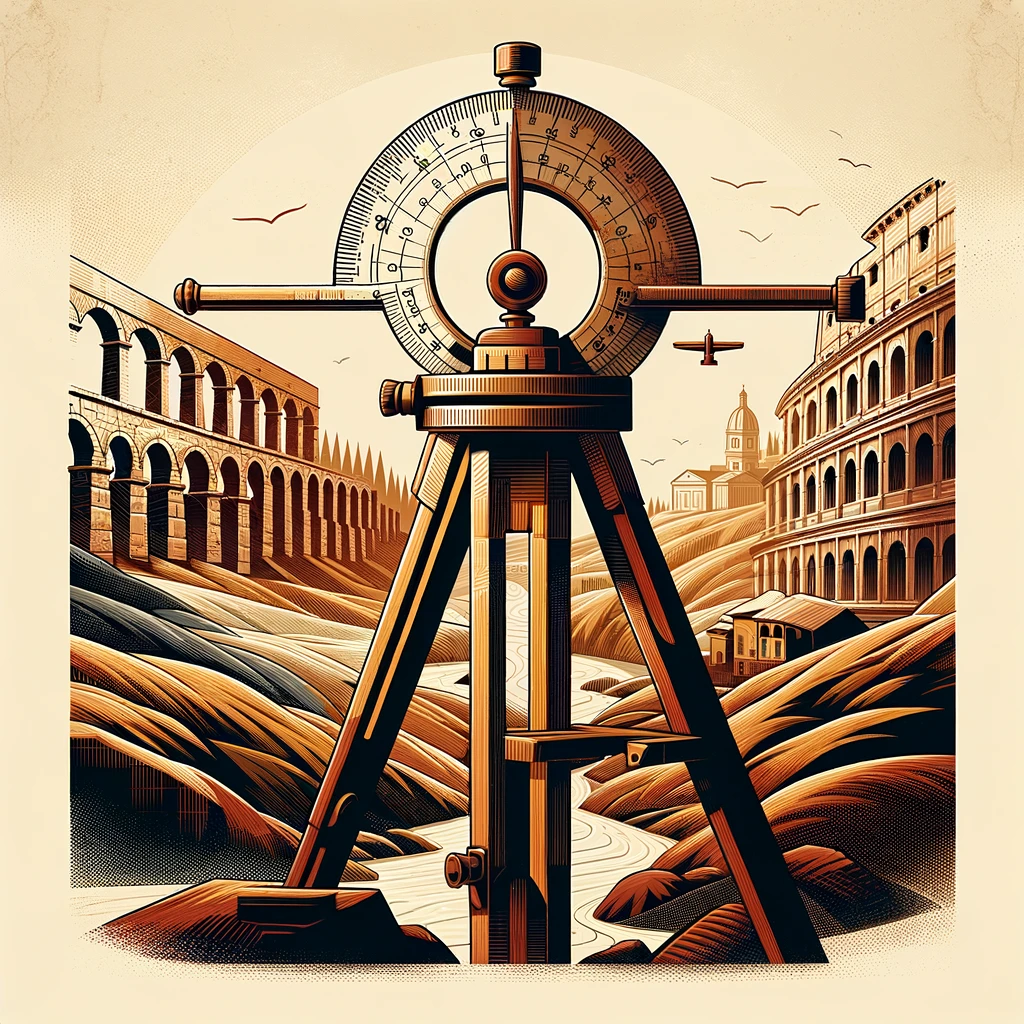We will explain in detail how do you use a groma? The groma, an ancient Roman surveying instrument, played a pivotal role in the expansion of the Roman Empire. Its use was fundamental in constructing Roman roads, aqueducts, and buildings, marking the landscape with precision and uniformity that is still visible in today’s archaeological sites. This 800-word article delves into the art of using a groma, tracing its historical significance and exploring its functionality in the hands of Roman surveyors.
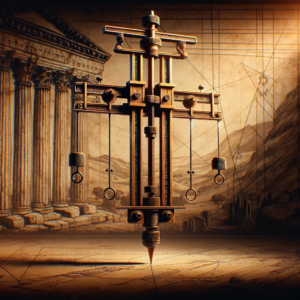

In ancient Rome, the profession of surveying, or “agrimensura,” was held in high regard. The groma was the surveyor’s primary tool, a testament to Roman engineering and their obsession with order and precision. This instrument’s design was simple yet effective. It consisted of a vertical staff with a horizontal crosspiece mounted at the top. From each end of the crosspiece hung a plumb line, a string with a weight at the end. The simplicity of the groma belied its effectiveness in measuring straight lines and right angles with remarkable accuracy.
To use a groma, the surveyor would first plant the vertical staff firmly into the ground at the point where the surveying or construction would begin. This point was often a crucial junction, like the corner of a future building or the start of a road. The surveyor would then look through the right angles formed by the strings of the plumb lines to align with a distant object or a previously set marker. By rotating the crosspiece and aligning the strings, the surveyor could establish straight lines and perfect right angles. This method was essential in laying out the grid-like pattern of Roman towns and roads.
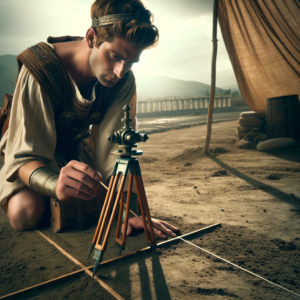
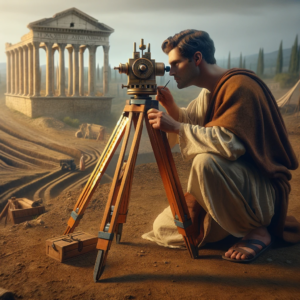
The precision of the groma was such that it allowed the Romans to create their famously straight roads, which often spanned great distances with minimal deviation. These roads connected cities and military camps, playing a crucial role in the Roman Empire’s expansion and consolidation. The groma’s use was not limited to roads; it was also crucial in constructing aqueducts, ensuring that these engineering marvels had the correct gradient to transport water over long distances.
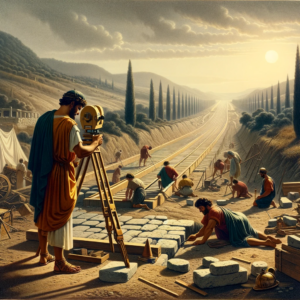
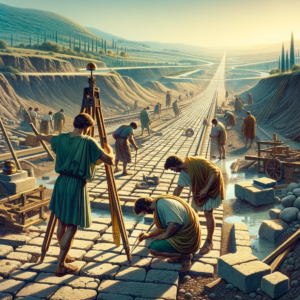
Roman surveyors were also tasked with dividing land, an essential function in a society where land ownership and agriculture were central to the economy and culture. The groma enabled them to divide land into equal and fair portions, a practice that reflected the Roman values of order and fairness. In the hands of skilled surveyors, the groma was an instrument of social order, reflecting the structured nature of Roman society.
The use of the groma extended beyond practical surveying. It became a symbol of authority and control. Governors and military commanders often used the act of setting a groma as a ceremonial gesture to mark the beginning of new construction projects or the founding of new settlements. This ritual underscored the Roman’s mastery over the landscape, imposing order on the natural world.

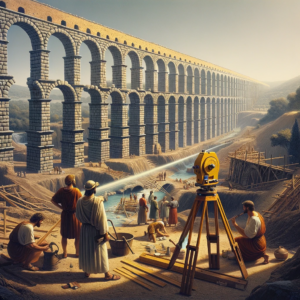
Despite its prevalence in ancient Rome, the groma was not a Roman invention. Its origins can be traced back to the Etruscans and even further to ancient Egypt. However, it was the Romans who popularized its use and integrated it into their systematic approach to construction and land management.
The groma’s design saw few changes over the centuries, a testament to its effectiveness. However, it was not without its limitations. The instrument required calm conditions as the wind could sway the plumb lines, affecting accuracy. The skill and experience of the surveyor were also crucial in obtaining precise measurements.
The legacy of the groma is evident in the Roman Empire’s infrastructure. The roads, aqueducts, and cities that were laid out with this simple tool have stood the test of time, and many are still in use today. The groma’s influence extends beyond ancient engineering; it laid the foundation for modern surveying techniques.
In conclusion, the groma was more than just a surveying tool; it was an instrument of empire-building. Its simplicity and precision allowed the Romans to impose order on their world, facilitating the expansion and management of an empire that spanned continents. The groma’s use in ancient Rome is a fascinating study of how a simple tool can have far-reaching implications, both practically and symbolically. As we explore ancient Roman sites today, we are witnessing the legacy of the groma, a tool that helped shape the world as we know it.
